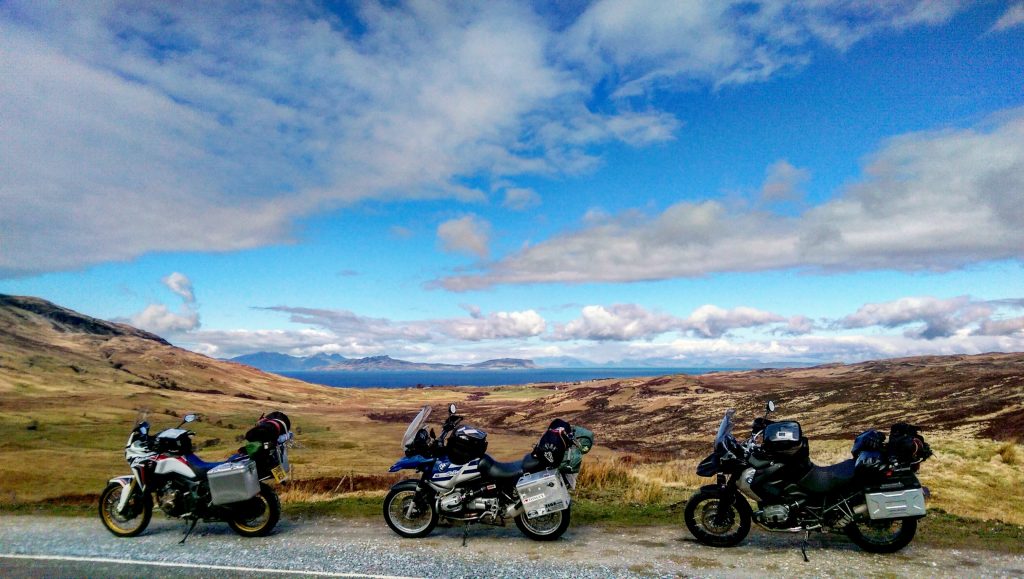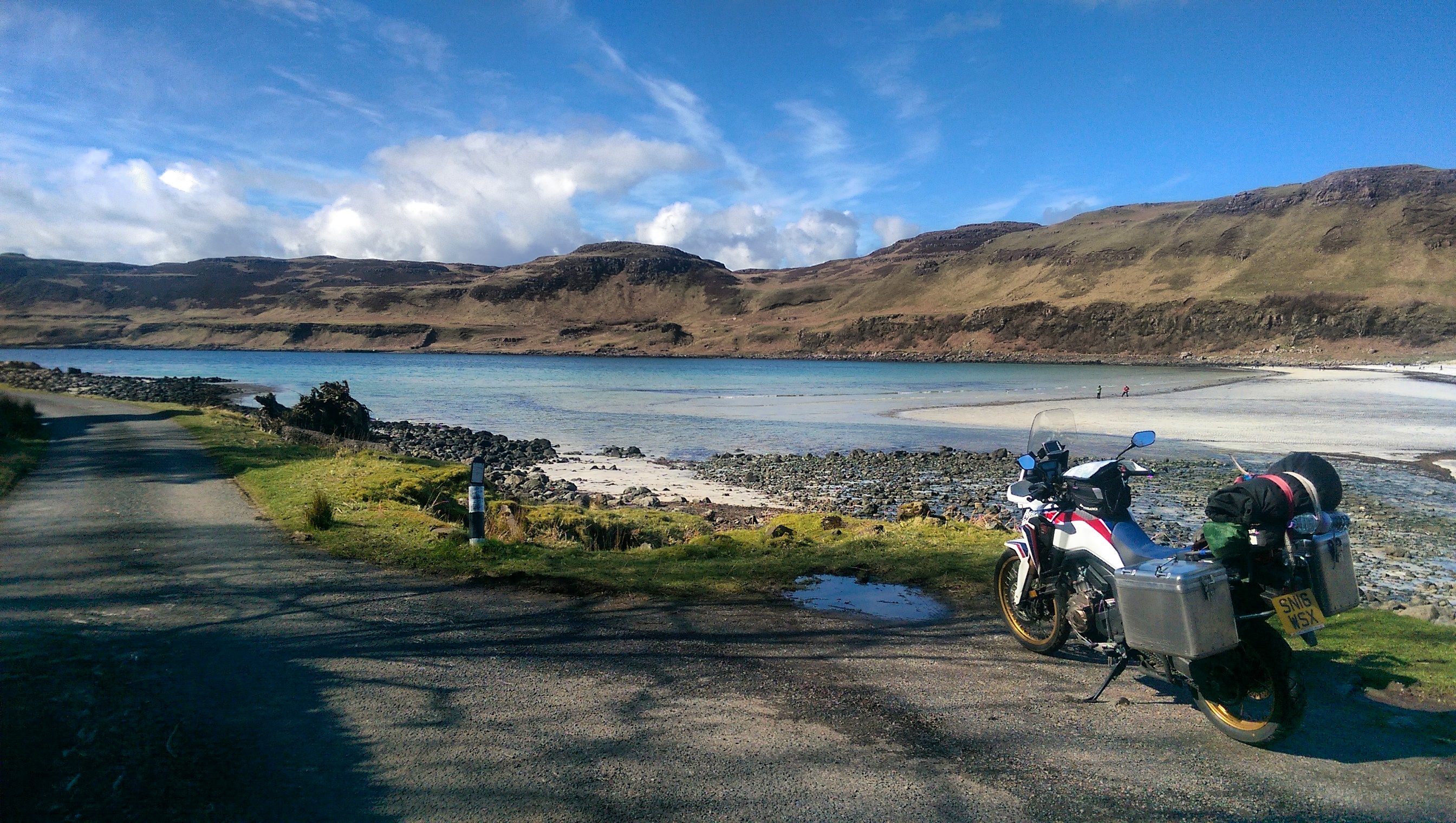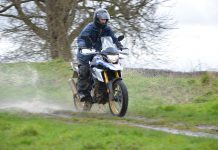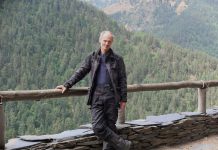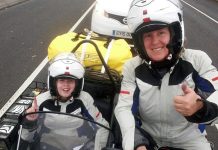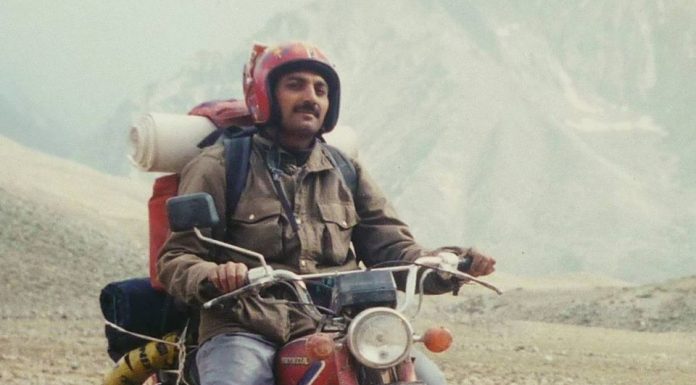It might not always seem that exotic, but as a place to roam and try your hand at motorcycle travel, there are few better destinations than Scotland. You can wild camp, explore the quiet back roads and get your first taste of feeling a long way from home. Resident Scotsman Mike Taylor gives his advice on travelling these parts.
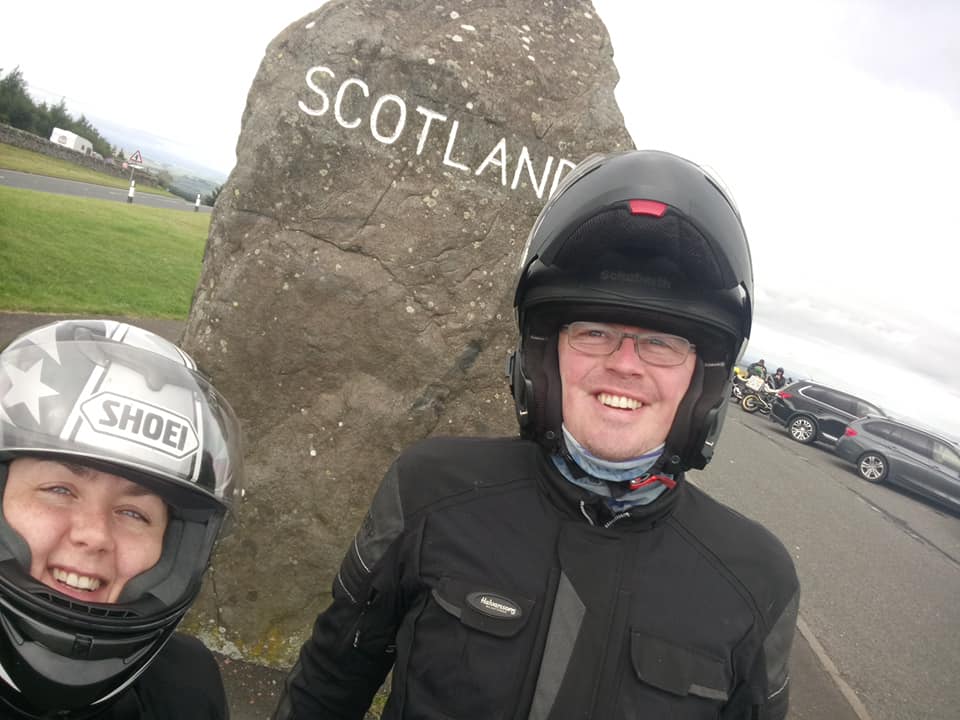
WHERE TO GO AND WHICH ROADS TO FOLLOW
Scotland’s a big place. Do some research and get a rough plan together. The North Coast 500 (www.northcoast500.com) takes in some of the best bits but can get very busy. If you’re heading up from down south do yourself a favour and AVOID THE A9. There are far better routes north. For example heading north from Perth via Blairgowrie, Glenshee, Tomintoul and The Lecht will give you great roads and stunning scenery while hardly adding any time on to your journey. You can come back south via Glencoe.
The Islands are worth a visit with the likes of Mull and Islay only a short ferry crossing from the mainland. ‘Island Hopper’ tickets are available from Calmac Ferries (www.calmac.co.uk/island-hopping_) allowing you to string Islands together and cross as you please. Again, booking is advised but if you do choose to roll up last minute a space will often be found but not if there’s a big group of you. If you are planning a trip my advice is to head to the more remote areas and try and hit the tourist heavy areas like Skye, Loch Ness and Glencoe mid-week when it’s quieter. The important bit is to research what you want to see and do. Get a rough plan but keep some flexibility in there. If you’re getting rained out somewhere better weather is usually a short ride away
WHERE TO STAY
In my opinion camping is always the best way to see Scotland. Campsites in Scotland are plentiful, are in some of the best locations and you can usually rock up without booking. Some campsites have wigwams or camping huts to hire, but these are best booked in advance. You are legally allowed to ‘wild camp’ anywhere as long as you don’t leave a mess (see www.outdooraccess-scotland.com/Practical-guide/public/camping or google ‘Wild camping code Scotland’). If camping isn’t for you there are plenty hotels, hostels and B&B’s, but these are definitely best booked in advance, especially if you’re heading to the far north or the Islands or travelling at the height of the season. For the best rates, and often the best weather, the best time to go is the shoulder seasons of May and June, or September and October. There’ll be less chance of midges at those times as well!
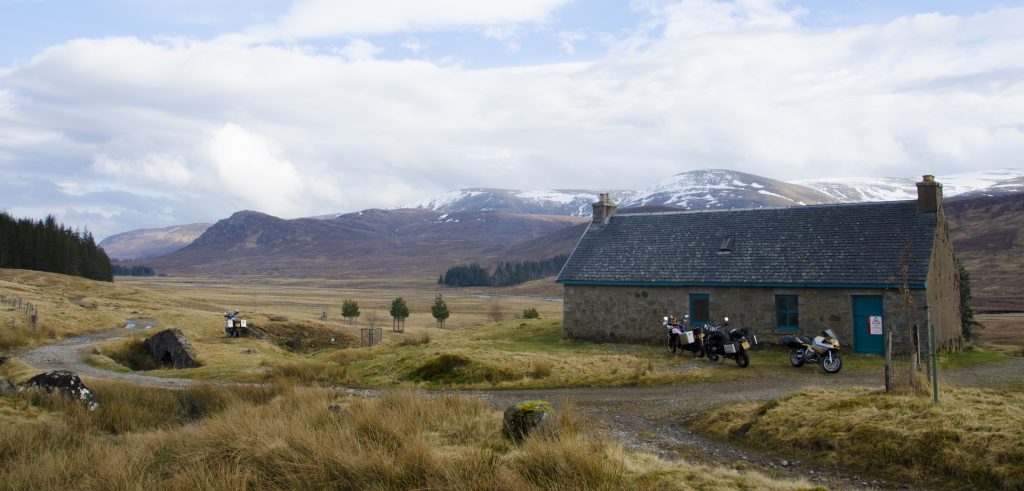
WHAT TO PACK
Waterproofs and good warm base layers are a must. Scottish weather can quickly change from cold and wet to hot and sunny, so bring sunblock too. Lots of people will recommend different midge repellent but see what works for you, Avon Skin So Soft seems to be the popular choice. A midge net to go over your head is the best solution but not always the most practical. There are plenty petrol stations, even the far north has 24 hour fuel available. Some of the Hebridean Island’s fuel stations and shops may be closed on Sundays. A basic took kit including a puncture repair kit is always useful, make sure you know how to use it too. If you’re planning on camping and swithering over what tent to choose make sure it can stand up to strong winds. It’s usually the wind, not the rain, that will cause you bother. Not everywhere accepts card payment so try and carry some cash. Bring a map, you can get by without GPS but a map is essential.
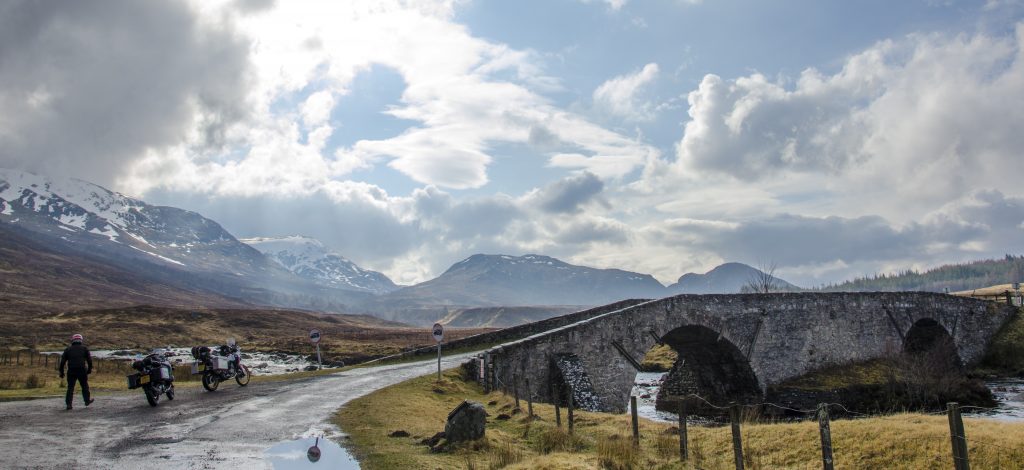
COSTS
Fuel in the north of Scotland is usually a bit more expensive than the south, especially in the more remote parts. Campsites are usually around a tenner with Wigwams/Glamping huts around £20 per person, often with a minimum charge for two people. Hostels are also around the £20. B&Bs can sometimes be found for £25 per person but are more often in the £40 – £100+ bracket. Hotels can be even more expensive. Good local pub/café can be found for £10-£20 for a main meal. Supermarkets are the same as everywhere else but it’s far better to shop local and try some local produce.
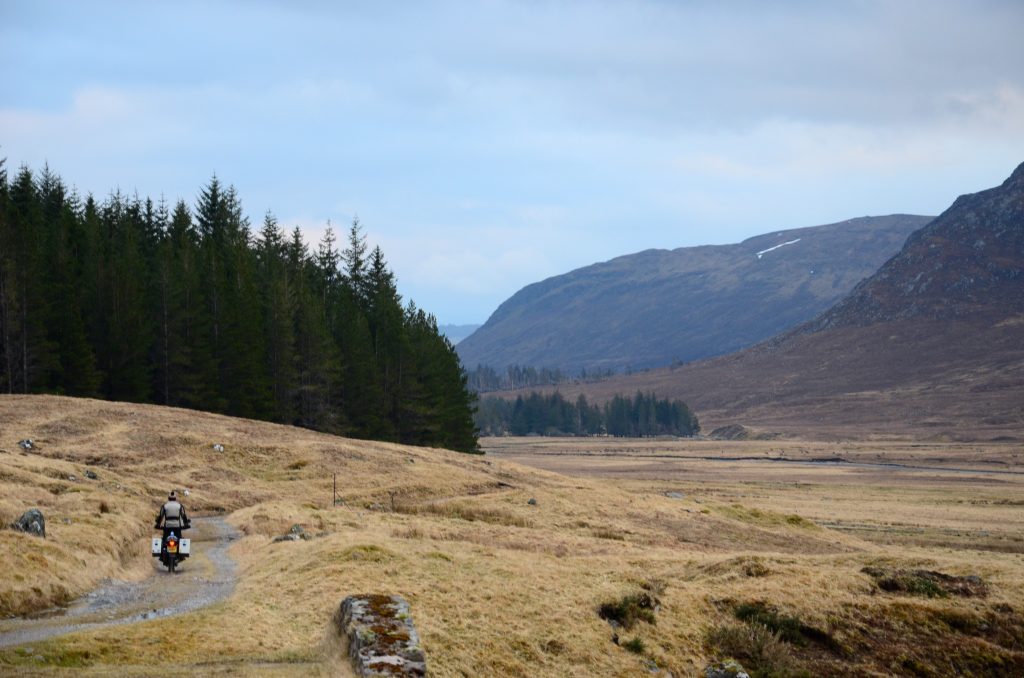
ANYTHING ELSE
“Will my bike be suitable?” Yes. Any bike is suitable for a trip round Scotland. If you have under 100 mile tank range bring a wee fuel bottle.
“What are the roads like?” Usually in good condition and relatively empty. Lots of the roads in the more rural places are single track, even the ones that are marked as A roads on the map. Single track roads have signs telling you how to use the passing places. If you’re stopping for a photo or a wee rest make sure you don’t block the passing places and if you’re travelling slowly remember to pull over to let faster traffic past.
“Doesn’t it rain all the time?” No. There are palm trees in Scotland and white sandy beaches with blue seas. Central Scotland, especially around Fort William gets lots of rain as does Skye. When it’s good the North West is the best place to be. The East Coast is generally drier though arguably less scenic.
“Will my bike be safe?” On a whole, yes. If you are staying in Edinburgh or Glasgow secure parking is a must.
“What’s haggis like?” It’s amazing.
“How do I stay in a bothy? A bothy is a basic stone shelter, usually left unlocked and available for anyone to use free of charge. Some are on private estates so check first. Find them at www.mountainbothies.org.uk
For more details about Mike’s travels and to follow his updates please visit www.WintonMassif.co.uk
Or for Mike’s tours see: www.passingplacestours.com
